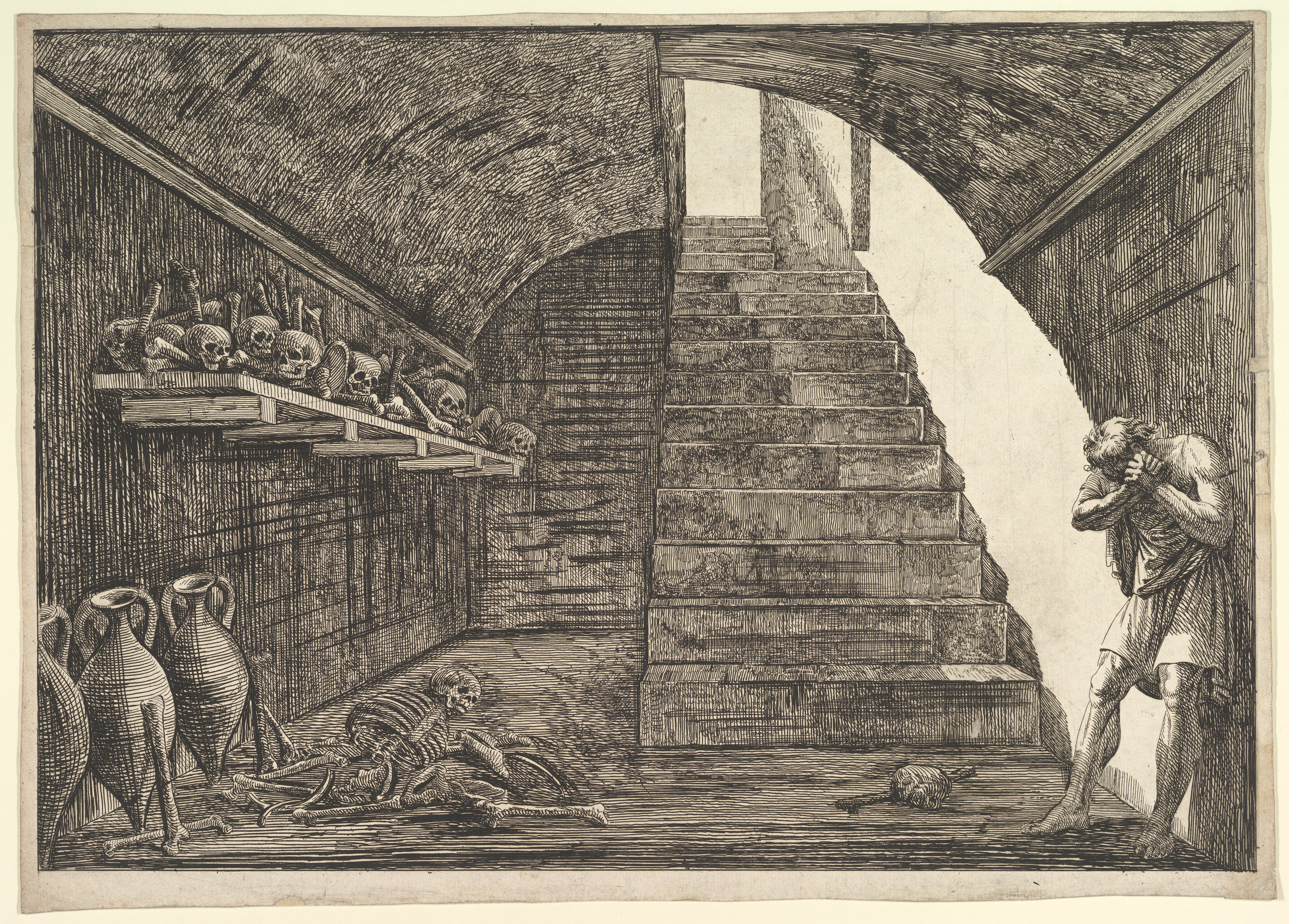

He did not find modernity, or progress, or the Enlightenment.

Born in Venice, he got away from the place as soon as he could, but could never leave its pervasive air of decline. In today’s architecture, you see Piranesi’s imagination in Tate Modern, and London Underground’s Jubilee line.Īnd yet Piranesi was a view artist - indeed, that was all he was, he would have said, because his unfulfilled ambition was to be an architect. It was the beginning of a darkly glittering stage and film career for Piranesi’s images, from Metropolis and Blade Runner to the moving staircases at Hogwarts. As early as 1760 a spectacular set for Rameau’s opera Dardanus copied one of Piranesi’s boundless prison spaces. And yet he was a Venetian, and it is in the decadent, pessimistic fancies of a doomed city that we may find the true source of his macabre ecstasy.Įver since they were published - the first edition in the late 1740s, the second, even darker one in 1761 - Piranesi’s monstrous images of prisons as cruelly proliferating mega-cities have inspired designers, writers and architects. He was a draughts man and print maker, his most famous views are of the ruins of ancient Rome, and while Canaletto is stuck in a realm of greeting-card elegance, Piranesi is a fiercely living artist, a spectacular influence on modern culture.
#PIRANESI PRISON ETCHINGS SERIES#
Giovanni Battista Piranesi’s series of etchings of imaginary prisons, Le Carceri, is not often thought of in terms of Venetian view painting, for good reason. But Canaletto, Bellotto and the Guardi brothers, the painters who catered for this market, liked to take time off to let fancy fly, to imagine other cities and fantastic versions of their own.Īs he drew the silhouettes against the vast machinery, suspending them, haggard, bent in a direction that was not a direction, for the stairs and bridges, the future extends as far as one can see, as far as one can stand it. In 18th-century Venice, as the canals turned fetid, the heirs to the tradition of Carpaccio and Gentile Bellini settled for selling pictures of the Rialto bridge to tourists.


 0 kommentar(er)
0 kommentar(er)
